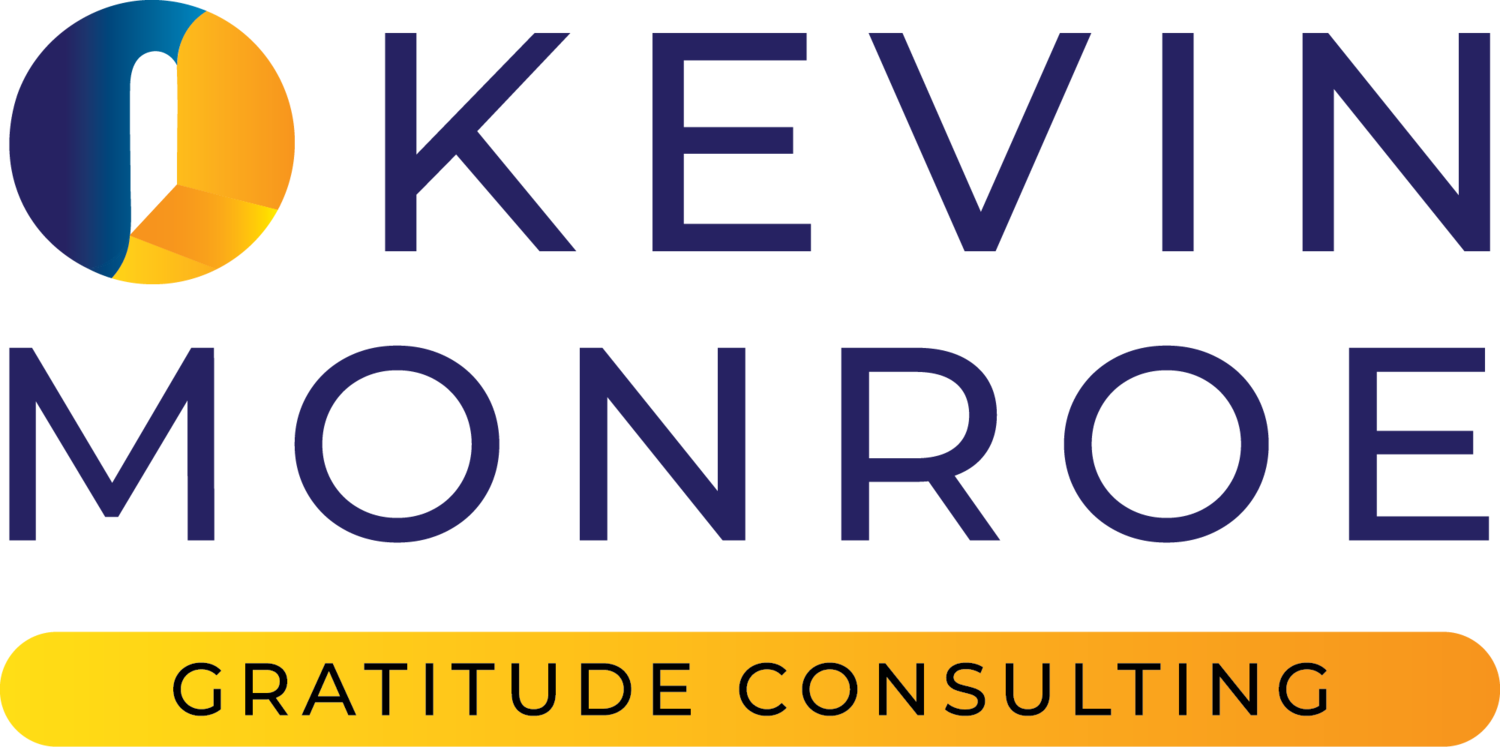The Difference Between Genuine Gratitude and Toxic Positivity: A Real-Life Conversation
"I really despise toxic positivity."
That's how Stephanie Obadare started her heartfelt message in response to a post I shared last week, one that resonated deeply with her— and stirred more thoughts than we should squeeze into a quick comment.
Instead, she sent a message...that started a conversation. In our conversation, Stephanie shared several amazing insights about the difference between toxic positivity and what she called, genuine gratitude. Toxic positivity encourages people to overlook real issues and stifle strong emotions. Contrast that with genuine gratitude, which acknowledges challenges while appreciating the good that still exists.
It was such a beautiful exchange; I asked Stephanie for permission to share it with you.
Understanding the Distinction
Toxic positivity tells you to "just be positive" or "look on the bright side" while dismissing your legitimate struggles. It's the emotional equivalent of putting a Band-Aid on a broken leg and pretending everything is fine.
Genuine gratitude doesn't require you to deny reality or pretend everything is perfect.
As Stephanie discovered, it's about recognizing that good things can exist simultaneously with challenges. Genuine gratitude is about choosing what you focus on while still acknowledging what needs to change.
A Perfect Analogy
Stephanie's car analogy brilliantly illustrates this distinction. Imagine you're driving an old clunker while saving for a new set of wheels. 🚖
Things keep going wrong with your current vehicle, and you're not where you want to be yet. Toxic positivity would tell you to just "be happy" with your old car and ignore its problems.
Genuine gratitude, however, allows you to:
Acknowledge that this isn't your ideal situation.
Continue working toward your goal of a new car.
Find ways to appreciate what your current car still offers while you're on the journey.
The Breakthrough
As our conversation continued, I shared two beliefs that often prevent people from embracing genuine gratitude.
Two Common Misconceptions
Many people think "I'll be grateful when everything (or most everything) in my life is good."
Others confuse contentment with complacency and fear being grateful means settling.
The first belief keeps us waiting for some perfect future moment that never arrives. The second concern is that feeling content or grateful might reduce our motivation to make positive changes.
Stephanie responded with this amazing insight:
What changed is telling myself that I know there are good things in life that I can choose to focus on instead and in doing so, I can actually enjoy life in the present instead of living miserably until things change.
That's an epiphany worth sharing! [Thanks again, Stephanie for the privilege of sharing this beautiful conversation, so others can benefit from its wisdom!]
The Power of Genuine Gratitude
This remarkable breakthrough compellingly highlights the stark difference between genuine gratitude and the widespread misconceptions surrounding it. When we recognize there ARE good things in our lives right now, it doesn't diminish our ability to see what needs to change.
Instead, it:
Helps you maintain perspective during difficult times.
Gives you strength to face challenges.
Empowers you to make positive changes.
Creates momentum to find more good things in your life.
Choosing Gratitude
The beauty of genuine gratitude is that it's available to you, right now, regardless of your circumstances.
You don't have to wait for everything to be perfect. (The moment never seems to come!)
You don't have to ignore your challenges. You simply need to make the choice to notice and appreciate the good things that exist alongside your difficulties.
Your Invitation to Practice
I invite you to try this approach for yourself this week. Rather than waiting for perfect circumstances or dismissing real challenges, experiment with genuine gratitude:
Notice one good thing each day, no matter how small.
Acknowledge both what's working AND what you'd like to change.
Practice saying "and" instead of "but" - "I'm grateful for what I have AND I'm working toward something better".
BONUS ASK.
As you practice gratitude this week, will you be aware of those who may reject it because they confuse gratitude with toxic positivity? Don't confront them! Instead, invite them into a kind and caring conversation where you look for opportunities to gently share your own journey of understanding the difference. Sharing how genuine gratitude has positively affected your life can help others appreciate its value.
Join the Conversation
I'd love to hear your thoughts on this distinction between toxic positivity and genuine gratitude. Have you ever rejected gratitude because it felt like toxic positivity? What helped you understand the difference? How have you helped others see this distinction?
Share your experience in the comments below. Remember, gratitude is better together, and your story might be exactly what someone else needs to hear.


